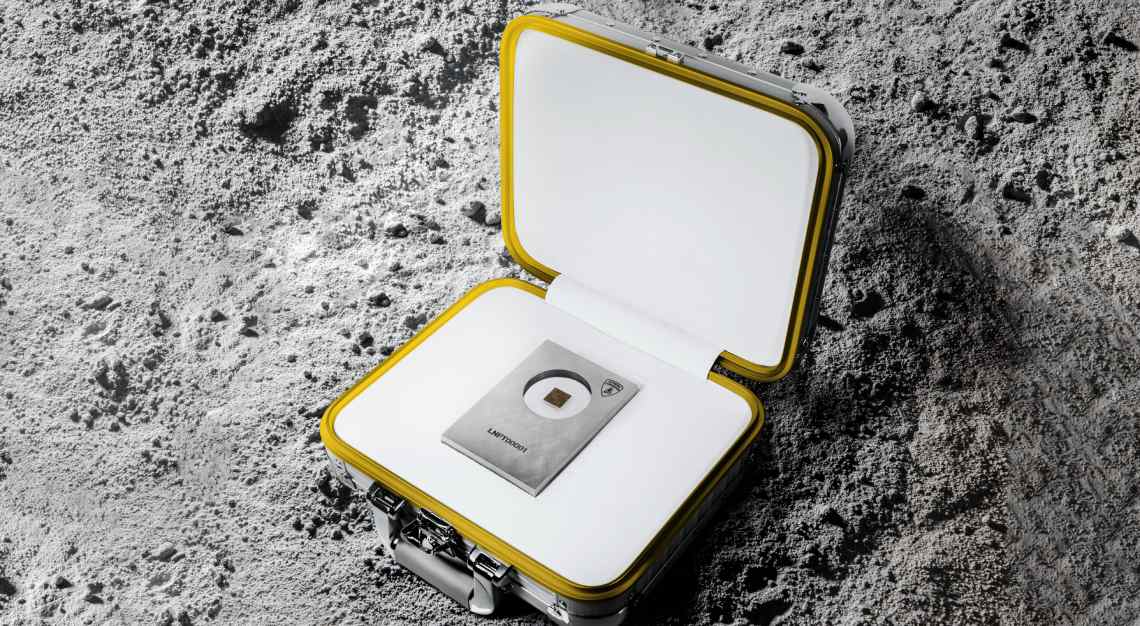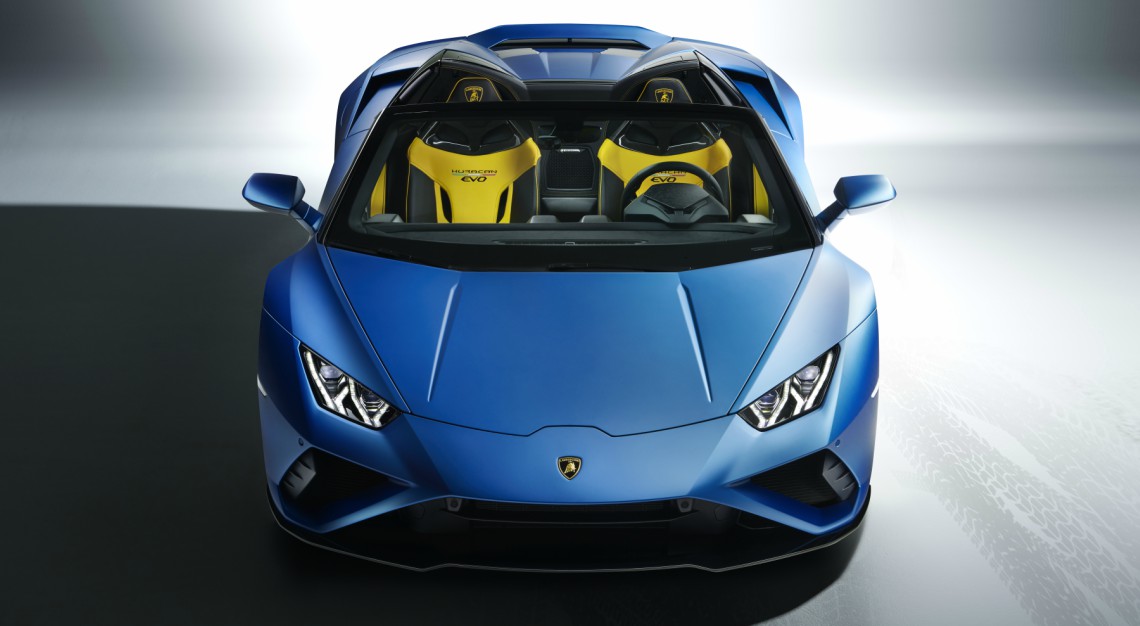Stephan Winkelmann tells us about Lambo’s NFT venture and drops hints about the company’s coming game plan for electrification
Lamborghini’s supercars have long pushed technological envelopes, from the application of carbon fibre in the early 1980s to the radical Countach to the computer-controlled aerodynamics of today’s Aventador. Now, the company is launching into a high-tech arena of a decidedly different sort: NFTs, or non-fungible tokens.
In the most simplistic terms, NFTs are unique digital creations—ranging from music to artwork—meant to guarantee exclusivity in our copy-and-paste world. Earlier this February, Sotheby’s auctioned off five Lamborghini Space Keys, small pieces of carbon fibre that spent months aboard the International Space Station in 2019. Each of these keys, etched with a QR code, would open commissioned artwork by Swiss photographer Fabian Oefner, whose past works have used detailed models of classic cars to create wildly intricate and innovative artistic representations of these iconic machines.
Lamborghini CEO Stephan Winkelmann tells Robb Report more about this new NFT venture and drops hints about the company’s coming game plan for electrification.

Why has Lamborghini entered the world of NFTs?
We have had agencies approaching us saying we are innovative, we are always looking at new technologies, we are young-minded, maybe we will be interested in this. And when we look at the customer side of our company, we see the same attitude about us. We have much younger customers than, let’s say, customers of similar brands. Now, at the end of the day, the auto industry is very conservative, so this was a journey we developed with the board. I’m feeling very positive. It’s a new way of looking at things. Of course, we have to be careful that it doesn’t dilute our values. We are, after all, very much about the physical world.
NFTs have come under fire as being highly speculative investments that have been occasionally associated with art scams. Does any of this, along with the potentially faddish nature of NFTs, concern you?
We discussed what the risks were. But if you don’t test things, you never know. We felt good about controlling our approach this way, and Sotheby’s has its own strong trademark, so we hope it doesn’t turn on us.

How did you select the artist to collaborate with?
It was simple, you find an artist who is going in your direction.
Who do you think will be customers for the Lamborghini NFTs?
I have no idea. But there will be a lot of customers interested, because we see the feedback on social media. So at least there should be huge attention for this offering, even if does not always result in a bid.
The five carbon-fibre keys spent time in space. Why send Lamborghini materials aboard the space station?
Space is always seen as the future, something outside of normal life on earth. So the idea of combining the technology of the auto industry with outer space, that was a good match for us. We made the right choice with the carbon fibre, even if, at that time, we weren’t thinking about NFTs.
What are the company’s plans for moving into alternative power as the era of the internal combustion engine begins to fade?
We have been preparing for this next step for a long time. By investing in the Urus [Lamborghini’s SUV], we were aiming to stabilise things for our super sports cars. It was necessary for us to generate enough earnings to be reinvested in the company. Electrification is coming, first with a hybrid 12-cylinder Aventador, and then, in 2024, the Urus and Huracán will be plug-in hybrids.
By 2025, our entire lineup will be hybridised, and we will be cutting CO2 emissions by 50 per cent. Our third step, full electrification, will be in 2028 with a complete new model. All of these changes will combine sustainability and higher performance.
Will you hint at what we can expect from Lamborghini’s first all-electric vehicle?
Well, I can only say that we won’t start with a super sports car. The new [EV] car will have daily versatility, like the Urus.

How do automakers continue to create emotion and model differentiation when the unique characteristics of an internal combustion engine are removed from the picture?
Hybridisation is like a booster, it helps performance. And we have five or six years of this still. We are driving a lot of EVs to get into the mindset of the different manufacturers. We agreed at Lamborghini that the major difference is the driving behaviour, even if you have the same performance capabilities. It’s clear that there is a lot to do, the acceleration and the torque is tremendous, so you have to fine tune that.
We have some time to get more and more people into this [EV] way of thinking. But a young generation is coming up who is saying, “I don’t sit at your table without you offering a sustainable car.” It’s a big challenge and opportunity for us. But there’s also no way out, the legislation is there. We don’t want to be the horses of tomorrow.
This story was first published on Robb Report USA






